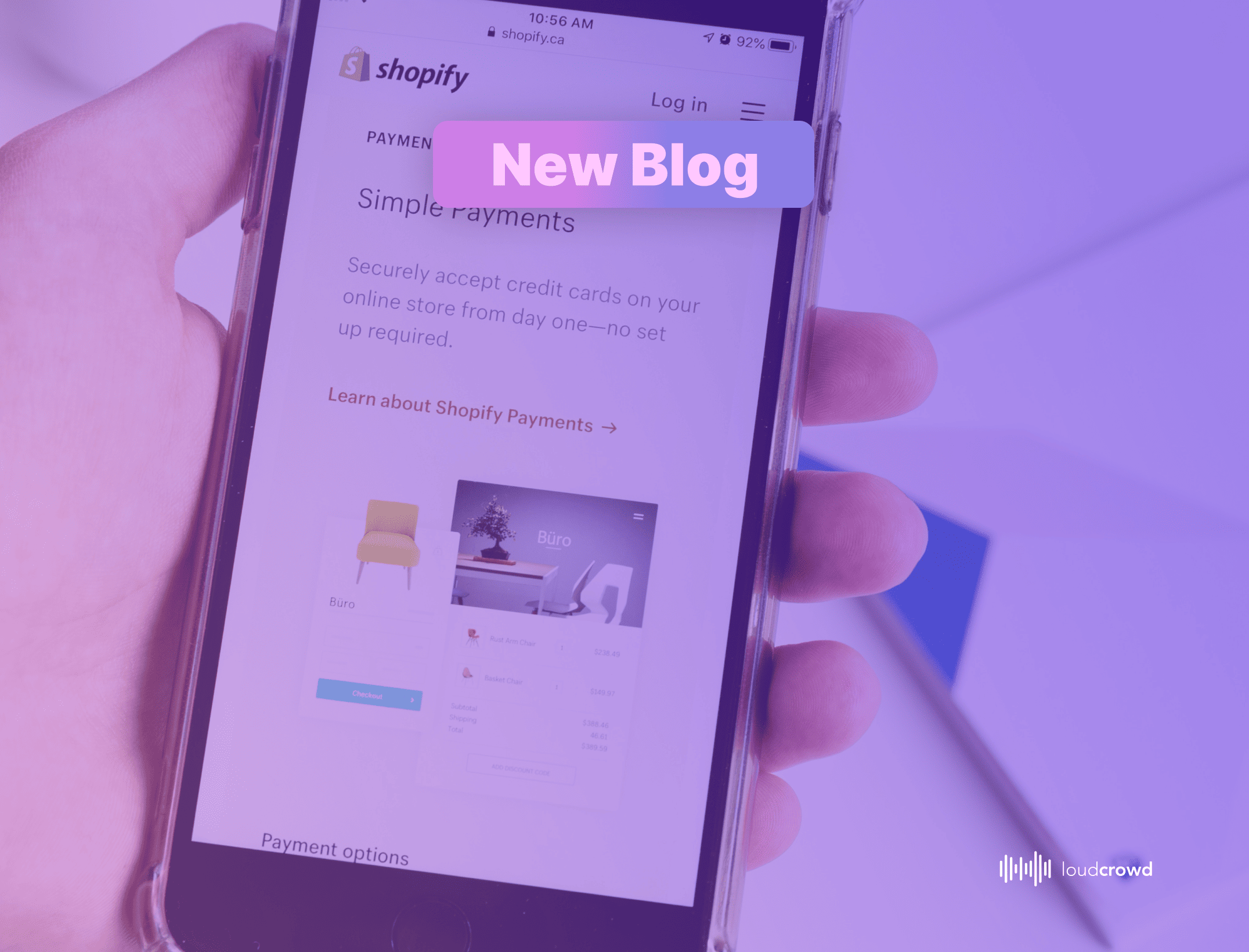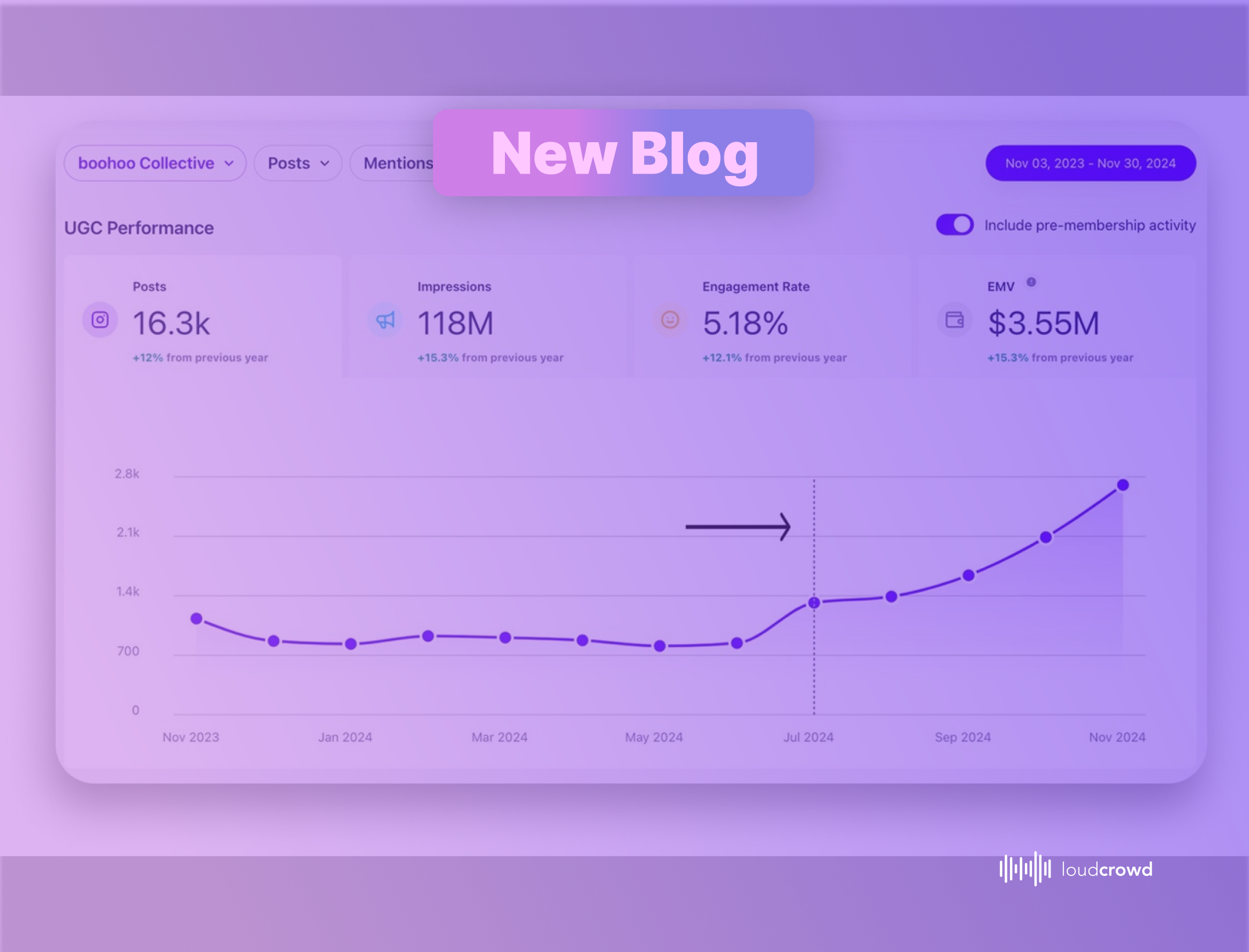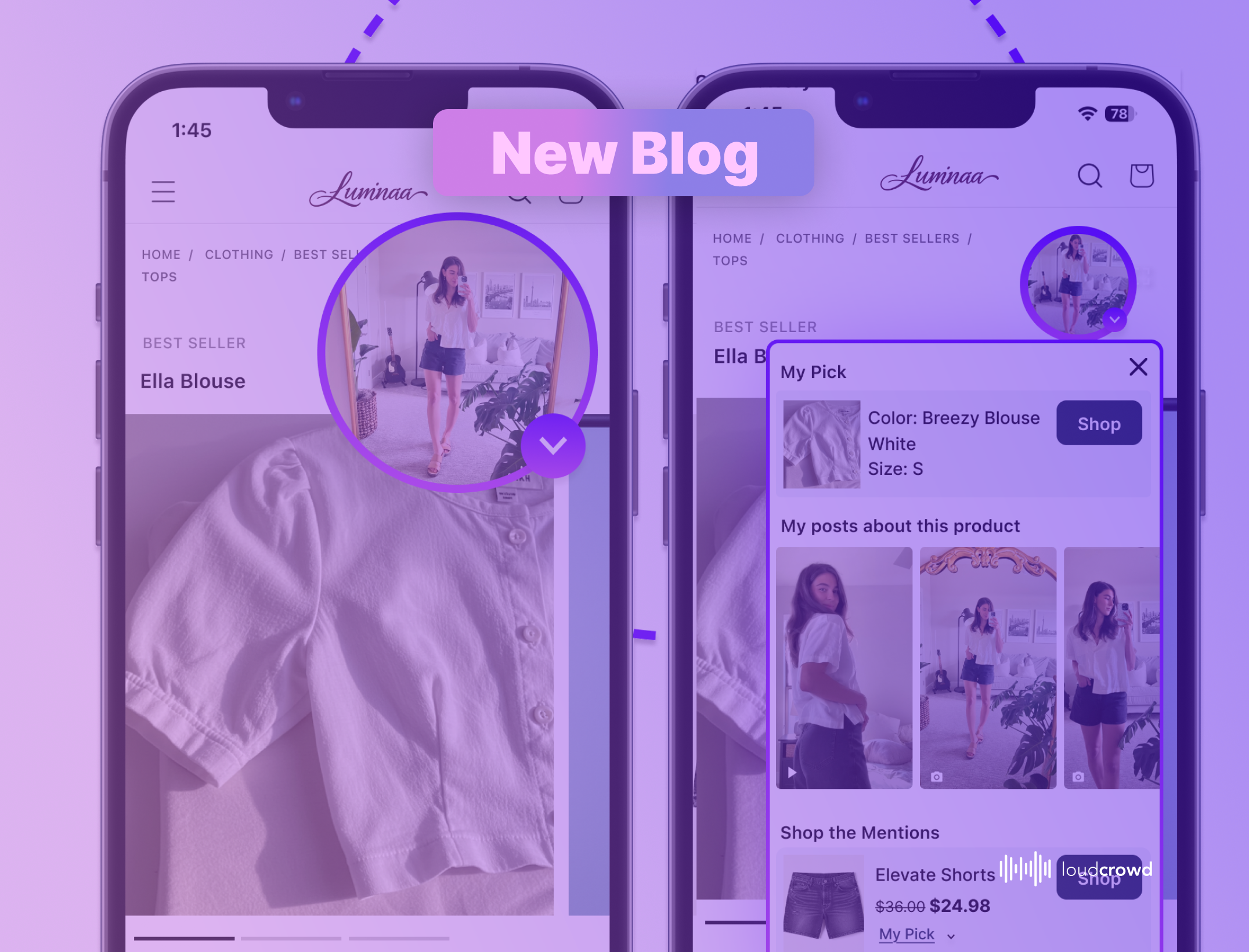Social media and influencer marketing are becoming increasingly important sources of traffic for eCommerce sites. The trends are clear, consumers are spending more time on platforms like Instagram and TikTok, and more importantly, the platforms are inspiring far more purchases. For Gen Z, these trends are even more pronounced, with 92% of Gen Z adults crediting influencer recommendations as the most important driver of purchases.
But eCommerce brands have a big problem. Despite all of this traffic and importance, on average, social media traffic does not convert relative to other channels. And it is getting worse (down 20% in 2022).
How can that be?
If social media and influencer marketing are becoming more relevant for eCommerce, why are the conversion rates the lowest of the major channels and shrinking?
The disconnect is the shopping experience. On social media, people are discovering products and getting inspired by creators and other people. No one searches for “shoes” on Instagram, you discover a pair of shoes from someone you are following. Creators drive traffic and provide the inspiration.
However, when you someone is inspired by a creator and lands on the eCommerce site, the context completely changes. No longer is the consumer delighted with a creator-centric experience (which is why they are there). Instead, the consumer has to shift context and begin shopping by product categories. The results speak for themselves.
This challenge is not unique to just social media and influencer traffic. With conversion rates of .5 – 1%, affiliate traffic suffers the same challenge. When you discover a product via an affiliate channel, the link provided often guides the user to a generic, non-personalized experience. Once again, the conversion rates speak for themselves.
Ecommerce brands cannot go on like this. Far too many conversion opportunities are being wasted on legacy shopping experiences that don’t compliment their traffic source.
The beginning of the Creator Shopping Experience
That’s the problem that we’ve solved with Influencer Storefronts. It focuses on creating a more relevant shopping experience for social media, influencer, and affiliate traffic.
Gif on website
Rather than send this “creator-centric” content to a generic, product focused platform, we transform your eCommerce into a “creator-centric” platform. Each creator that is driving traffic will receive their own customizable page (as opposed to a generic link) which includes their profile, content that they’ve created, and favorite products. A shopping experience that is tailored uniquely to their audience.
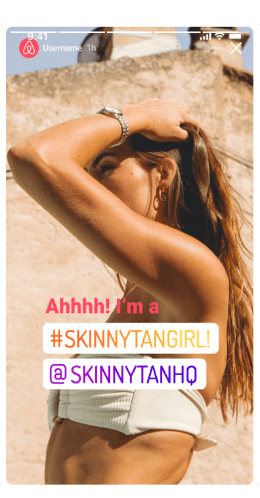
The result is a triple win:
- It radically improves conversion rates for traffic generated through creators. Our brands have experienced 3.24% average conversion rates, which is 4 times the industry average.
- It drives up the AOV for consumers, since they want to shop all of the creator’s picks. Shopify cites that product bundles can increase AOV by 60%, so letting your creators build product bundles for you radically scales one of your most powerful conversion tools.
- It creates tremendous excitement and alignment with the creator. What is cooler than having your own storefront on the brand’s site?
Which creators or customers should get an Influencer Storefront?
These storefronts are radically improving conversions from social traffic… so who should be using them?
- Influencers and affiliates – anyone that you currently equip with an affiliate link or code is losing conversions from a conversion funnel that doesn’t align with the creator. They will convert more with their own page (and drive more traffic when they feel more aligned with the brand).
- Brand ambassadors and micro-influencers – Perhaps the highest potential segment that you could align with Influencer Storefronts. These individuals have extremely high conversion rates based on their smaller, hyper-focused audiences. And they will be more excited than anyone to have real-estate on your eCommerce.
- Customers and brand advocates – Unless the brand wants to open these storefronts to general traffic, the only way to end up on an Influencer Storefront is to click a unique link. Cutting edge brands find that there is no downside to offering every single customer their own storefront. It builds alignment and engagement with the brand… and although many customers will not drive meaningful traffic, it still allows them to curate their favorite products and share them with their friends. Word of mouth marketing and loyalty marketing baked into one.
Who pioneered storefronts? You’re in good company
In addition to the dozens of LoudCrowd customers who adopted these storefronts in their first month, some of the most sophisticated and high impact brands in the world have shifted eCommerce strategy to “creator-centric”.
Amazon
Amazon has shifted a large part of its affiliate business to the Amazon Influencer Program. They were solving the same problem, as they launched this program in 2017 as a compliment to their longstanding Amazon Affiliate program, and they have grown the program to hundreds of thousands of influencers.
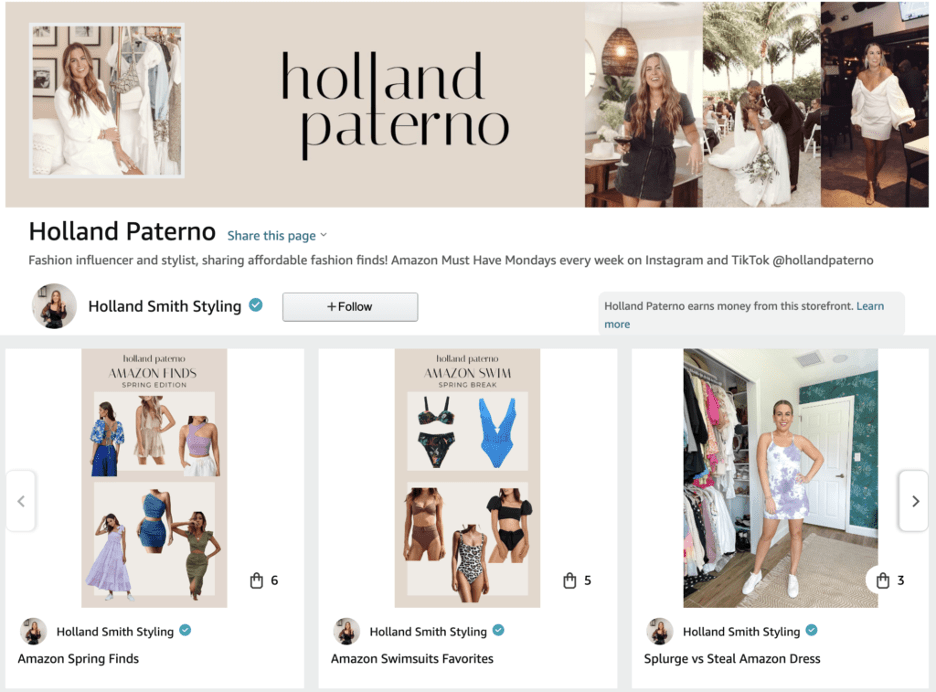
Revolve
Long lauded as the most enviable ambassador program in the world, Revolve has equipped thousands of their ambassadors with their own landing pages to help drive conversions. However, without the resources of Amazon, their pages are limited to an ambassador’s favorite products, and do not include more cutting edge features like profiles or content.

Walmart
Walmart’s most successful pages (and most sold out products) are often associated with their influencer collabs. They will give influencers the opportunity to curate a collection of products to sell in a bundle, and the results have been inspiring.
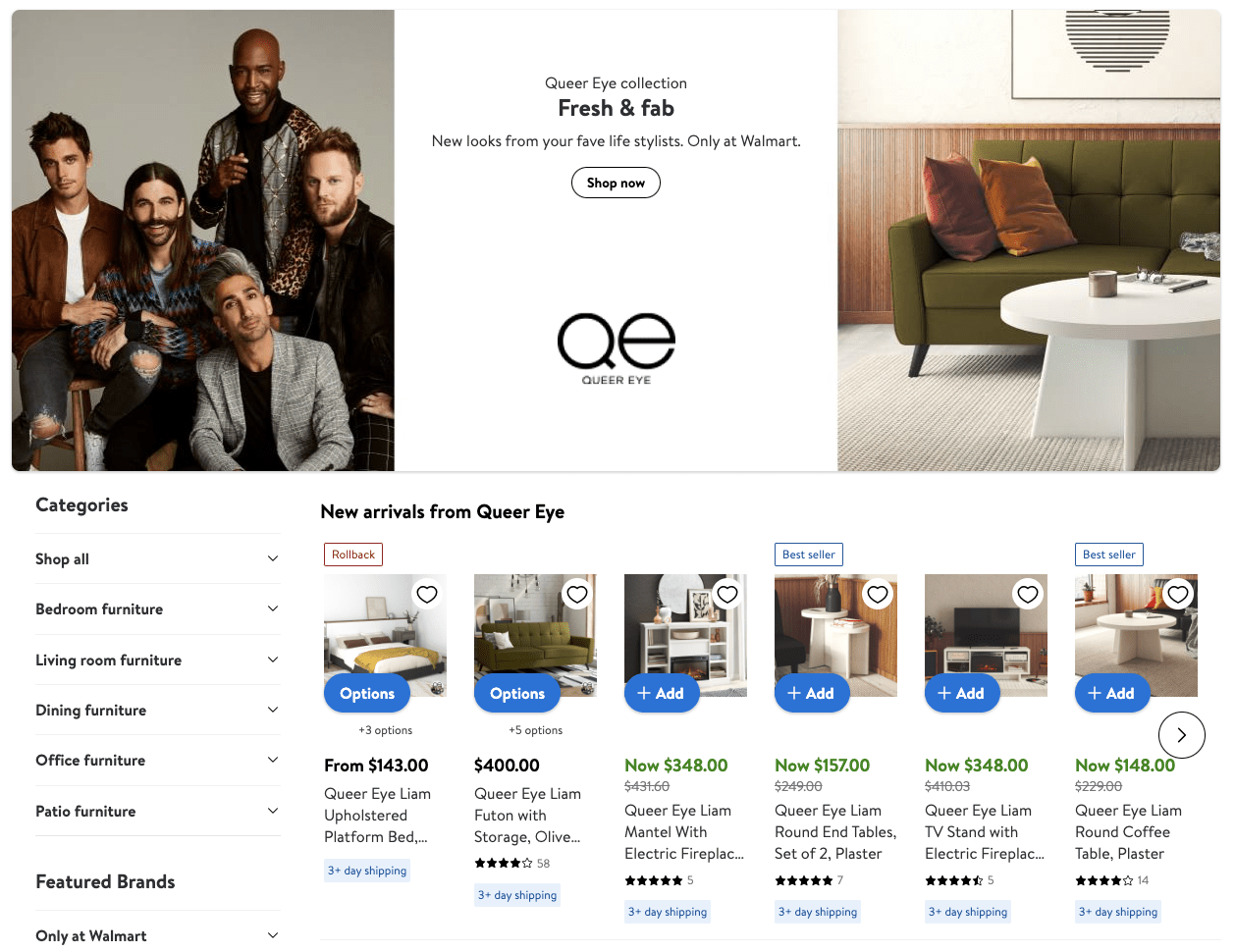
Conclusion
Building a creator-focused experience is an absolute necessity for brands that drive significant traffic from social media, affiliates, or influencers. Without these storefronts, you are wasting traffic and losing conversions from a buying experience that does not match the discovery process. Create better alignment between your “creator-centric” audience, and watch conversions climb through the roof.
About LoudCrowd
We believe that the most effective way of marketing and selling your product is through word-of-mouth marketing. Currently, the best (and most engaging way) for brands to scale word-of-mouth marketing is through User Generated Content (UGC) on social platforms like Instagram. LoudCrowd helps you analyze your UGC and incentivize your customers to grow it: request a demo!
About the Author
Gary Garofalo is a marketing-focused technologist and the CEO of LoudCrowd. He’s spent his career focused on analytics, strategic consulting, and building technology companies. When he’s not writing about social media, he spends his free time reading, lamenting over the risks of climate change and artificial intelligence, and playing pickleball with the LoudCrowd team.
Learn more about Influencer Storefronts
